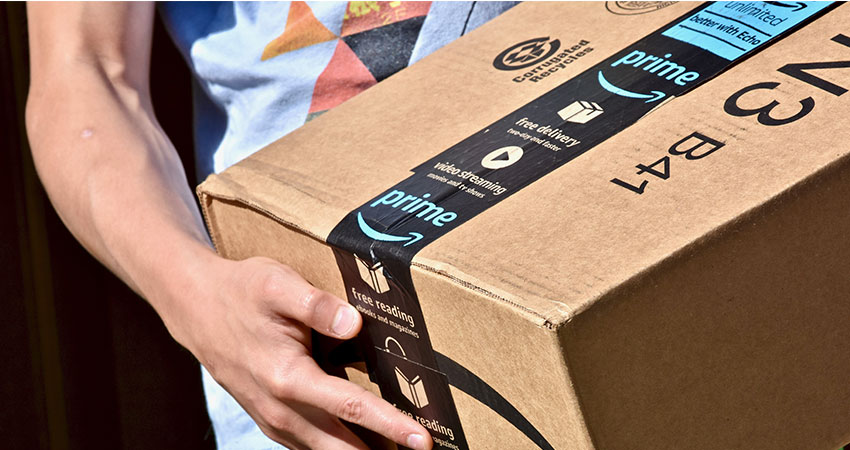Amazon is relaunching its discounted version of the vaunted Prime subscription, aimed at providing lower-income consumers perks normally reserved for the full offering but at a lower monthly price, during a period of economic hardship for many as inflation continues unabated.
The program, now called Prime Access, costs $6.99 per month, compared to $14.99 for Prime membership, and Amazon has beefed up the benefits offered. There is no annual fee option listed; a standard Prime subscription costs $139 per year.
Like the full-price Prime program, Amazon does not say how many people belong to Prime Access, only that the program grew by more than 300% between 2019 and the end of 2021. Given difficult conditions since the pandemic lockdowns, that figure makes sense.
Shoppers can quality for Prime Access through membership in any of 10 different government assistance programs. They can pay via SNAP (the U.S. Department of Agriculture’s Supplemental Nutrition Assistance Program), Amazon’s Layaway buy now pay later (BNPL) service, or through a company scrip called Amazon Cash.
Amazon said it reaches nearly all SNAP households in the U.S., in all states but Alaska. In the layaway program, shoppers pay 20% of the purchase and the balance over time. They can also use “Amazon cash” to purchase goods without a debit or credit card, and pick up orders at a locker or participating local business. According to the Federal Reserve, about 5.4% of Americans were “unbanked” as of 2019; the population worldwide is 2.5 billion.
MCM Musings: Now with expanding the discount program, Amazon is looking to own both ends of the socioeconomic street, making the half-price option stickier and promoting it at a time of great economic uneasiness. That same macro picture likely impacted Amazon’s second Prime Day of the year, which ran from Oct. 11-12. It was not exactly a winner, but it did succeed in letting the company dump lots of excess inventory. Consumers simply didn’t want, need or have funds for as many Amazon devices, electronic toys and other deals at this time of year. Bank of America estimated Prime Early Access took in $5.7 billion, compared to $7.5 billion for the July event. The latter figure was a good bit less than Adobe’s generous estimate of $11.9 billion. Significantly, Amazon called it “Prime Early Access” not Prime Day, but no one was fooled.

